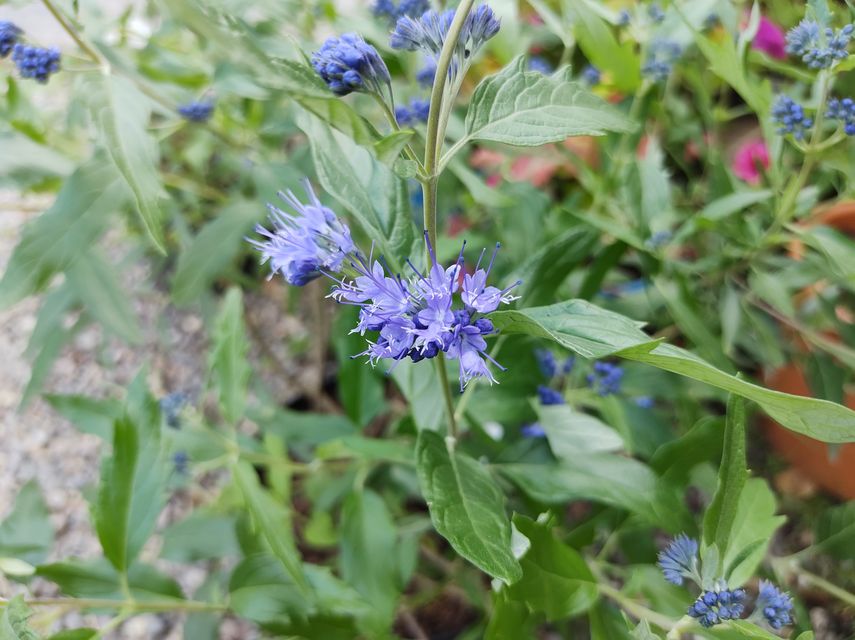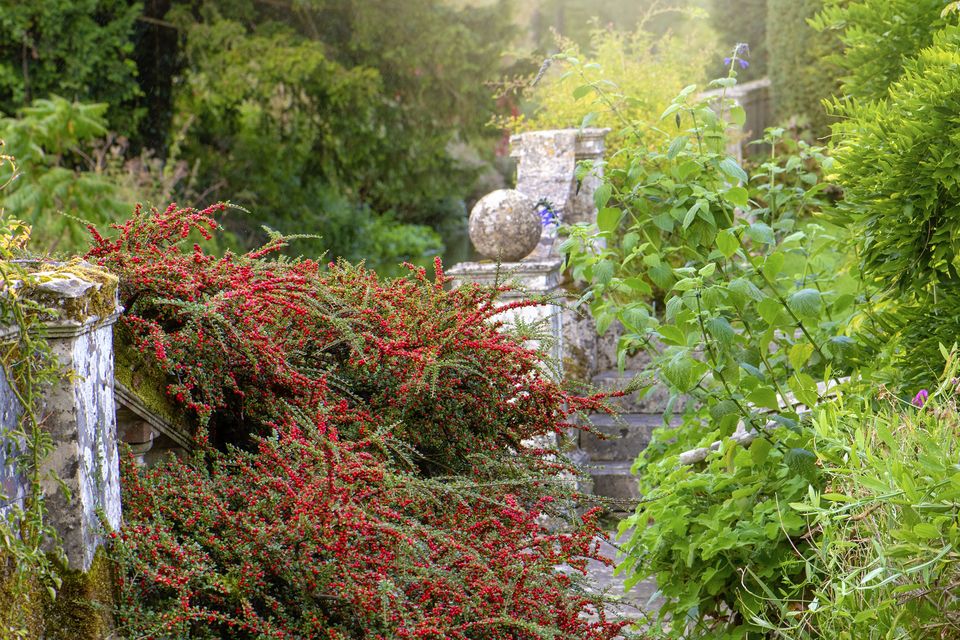Despite the fine weather, autumn has arrived and trees are beginning to shed their leaves. In gardening terms, it’s time to plan ahead for next spring and get planting. One of the most fruitful jobs to undertake is the planting of spring bulbs. Get them in the ground over the next month or so and come the new year, you’ll be rewarded with their appearance from January onwards. There’s a good choice available at the moment in garden centres and supermarkets.
The bulbs will vary in size, but the rule of thumb about planting remains the same — plant two to three times their size in depth. In the case of daffodils, you could even go deeper as shallow planting can result in non-flowering. Planting the smaller ones such as crocus a little deeper can also protect them from squirrels.
Bulbs are versatile as they can be planted under deciduous trees, in lawns, rockeries, pots, troughs and containers. If you are planting in containers, layer the bulbs, lasagne style, so you get a succession of flowers in spring. You do this by putting the larger ones at the bottom such as daffodils and finishing with smaller ones such as crocus nearer the surface.
Here’s some of my favourites — although I’ve left out bluebells, snowdrop and winter aconites. They are best purchased and planted next spring.
Crocus ‘Jeanne d’Arc’
Crocus will be one of the first bulbs to emerge in January, the most familiar being the purple and yellow varieties that you sometimes see naturalised in lawns. However my favourite is the big white one, Jeanne d’Arc — when the goblet flowers open in the sun, they are the size of a golf ball. A valuable source of early nectar for the bees and a cheering sight for the rest of us.
Narcissus ‘Jetfire’
Daffodils are a welcome blast of colour in February and March. ‘Jetfire’ is a compact variety with swept back golden petals surrounding an orange trumpet. Lovely in pots or naturalising on lawns, daffodils will bring sunshine to your garden in March and April.
Iris reticulata
The early flower irises are small but their colour is a really intense violet, beautifully complimented with yellow markings on the “falls”, the lower petals. Native to Russia, they are very hardy but do prefer a sunny well drained position and are great in window boxes or gravel gardens.
Ipheion uniflorum
The spring starflower is as pretty as its name suggest. This bulbous perennial produces clumps of grassy foliage with lots of white or blue star shaped flowers. It goes dormant in summer and disappears from sight completely. It will naturalise quite easily so keep it in a pot if you don’t want it to spread. ‘Rolf Fiedler’ is a beautiful shade of velvet blue.
Muscari
Grape hyacinth is a popular spring bulb and being petite, it’s ideal for small window boxes where space is limited. It’s a spring flower that brings a sweet fragrance so plant where you can enjoy the smell. The most usual varieties are in blue but you can also get pink or white varieties.
Anemone blanda
One of my favourite sights in a spring is a bright blue carpet of daisies under the trees. Anemone blanda is also available in white but I prefer the rich sapphire blue which goes so well with other spring flowers such as miniature daffodils and hellebores. It’s a good idea to give them an overnight soak in some lukewarm water before planting, as they can be little dry when you buy them. They’re very happy in light shade under deciduous trees, where they will gradually naturalise and provide early nectar and sustenance for our pollinating insects.
Read more
Plant of the week
Heavenly Blue. Photo: Getty Images
Caryopteris ‘Heavenly Blue’
Caryopteris, or Bluebeard, is a welcome sight in late summer and autumn, a shrub that bears blue flowers , providing colour in the garden and nectar for pollinators, especially butterflies. It’s best grown in full sunshine and a light well drained soil.
Reader Q&A
Hi Diarmuid, I’ve a cotoneaster in my garden, just planted in June, but the leaves are starting to go red and orange. It says it’s semi-evergreen so is this normal?
Cotoneaster. Photo: Getty Images
Yes, it’s normal for some cotoneaster varieties, even semi-evergreen ones, to have their leaves turn red or orange in autumn, especially when they are newly planted. This can be a natural response to cooler temperatures or a sign of the plant settling into its new environment. As long as the plant appears healthy overall and continues to grow well, there’s no need for concern. Just make sure it’s getting enough water and is well-mulched to protect the roots through winter. The foliage should stay greener in milder winters or as the plant becomes more established.
Submit your gardening questions to Diarmuid via his Instagram @diarmuidgavin using the hashtag #weekendgarden

